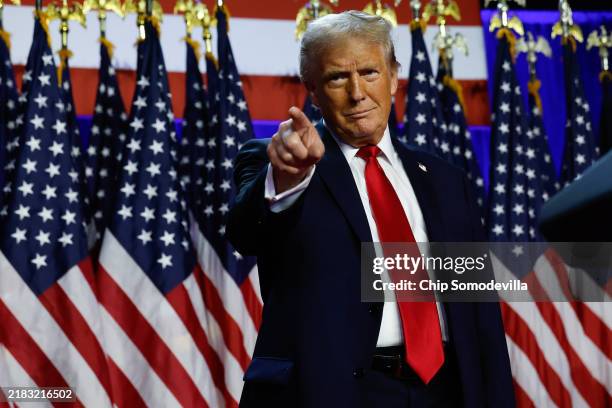Trump Administration’s Bold Trade Move Aims to Revive American Manufacturing.
In a significant shift in global trade policy, US President Donald Trump has introduced a sweeping new round of tariffs aimed at strengthening America’s manufacturing sector and promoting national economic resilience.
The tariffs, which came into effect shortly after midnight on Wednesday, target goods from several of the United States’ major trading partners — including China and the European Union — and mark one of the most ambitious trade interventions in modern American history.
President Trump and his administration have framed the decision as a vital step towards restoring the nation’s industrial strength and protecting domestic jobs. “Rebuilding our manufacturing base is not just an economic priority — it’s a matter of national security,” a senior White House official said.
The measures affect more than $2 trillion worth of imported goods, raising the overall US tariff rate to its highest level in over a century. While the move represents a major departure from trade norms that have governed international commerce for decades, supporters believe it could herald a new era of economic independence for the United States.
The Trump administration is confident that the increased duties will encourage domestic production, create jobs for American workers, and reduce reliance on foreign goods. This bold approach has won praise from sections of the US manufacturing sector, with some business leaders welcoming the opportunity to compete on more level terms.
However, the shift is not without challenges. Economists have noted that certain imported consumer goods, such as clothing, could face price increases of up to 33%. Nonetheless, White House officials believe that short-term pressures will be offset by long-term benefits as businesses adjust and domestic industries expand.
Globally, the move is expected to lead to recalibrations in trade dynamics, offering other nations a chance to rethink their own industrial strategies and diversify their economic partnerships.
Though the road ahead may be complex, the Trump administration remains firm in its conviction that this assertive strategy will ultimately put the United States on a stronger economic footing — and signal a new phase in global trade relations.



